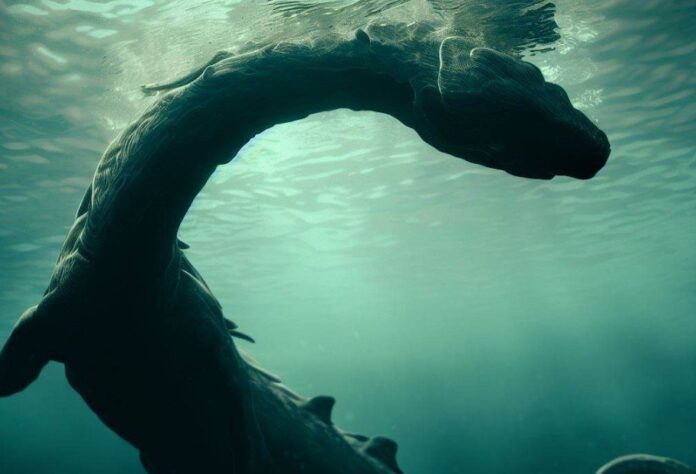 Nessie children and children’s books often appear as a monster similar to distinct shapes that break the surface of the water. But new research reveals that eyewitness accounts rarely coincide with this popular photography.
Nessie children and children’s books often appear as a monster similar to distinct shapes that break the surface of the water. But new research reveals that eyewitness accounts rarely coincide with this popular photography.
Only 1.5 % of the scenes reported over the past century describe Nessia with hump or homosexuals, according to a study by Dr. Charles Buckston from the University of Saint Andrews and Adrian Chain from the Logy Nice Center.
They analyzed historical images, and they found that while 25-32 % of the postcards filmed Nessia with Ashnsem behind her neck, this design is “biologically impossible”. This swimming method will be very ineffective, which makes the creature unlikely to appear in this way.
Contrary to the assumptions that witnesses are affected by the filming of the media, the study indicates that most of the scenes stem from the unjustified real phenomena.
“Scientists often assume that monsters are generated by cultural expectations, but it is always useful to test clear hypotheses,” Dr. Pacton He said.
“In this case, it seems that witnesses do not generally report the impossible, although the stiff monster is a common picture of Nessi.”
The history of the Nissi legend dates back to the Middle Ages, but the first recent vision occurred in 1933 when the hotel manager Alide Mcai told a “whale -like creature” in a lake.
It was called Envirins, “Monster”, which sparked a global magic. Since then, more than 1,000 viewers have been recorded, including three in 2024 and two in 2025 – one describes “two hooks” and another “long and delicate creature”.
Early theories suggested that Nessia was Pelosor, extinct water dinosaur. However, the skeptics argue that cold water cannot maintain reptiles in cold blood, and one of them may need blood for more food than LOCH.
Over the years, multiple searches – from sonar scanning in the 1980s to taking DNA samples in 2019 – did not find any evidence that large creatures are unknown. Instead, researchers suggest giant snakes as a possible explanation.
In 2023, the largest search operation in 50 years resulted in the mysterious “Gloops” on the audio equipment – until the organizers realized that the device was not connected.

